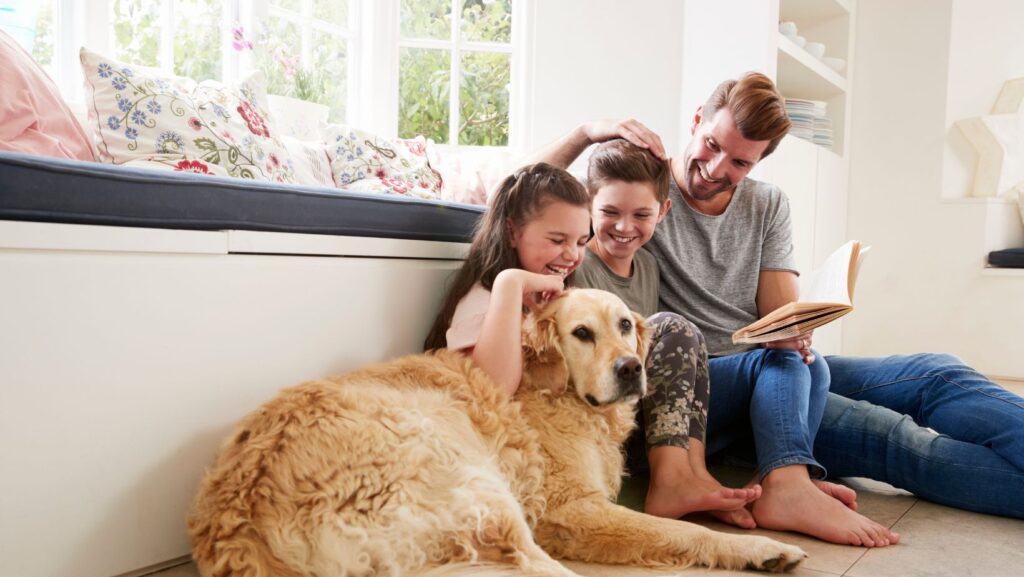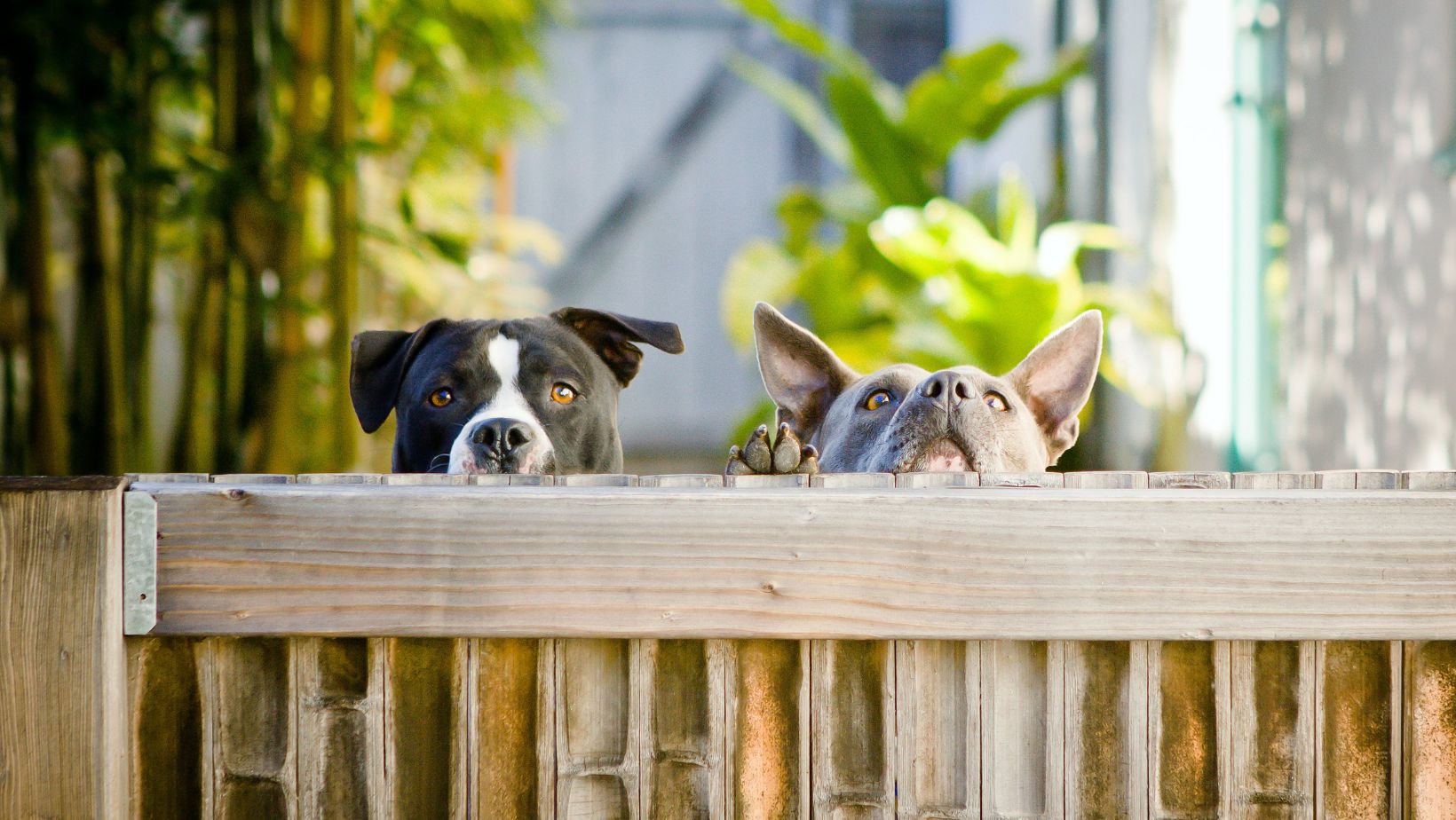Creating a safe and welcoming environment for your pets is one of the best ways to show them love and care. Whether you’re bringing home a new puppy or ensuring your senior cat stays comfortable, pet-proofing your home and garden is essential for their well-being. From safeguarding your indoor space to securing your backyard, this checklist will guide you through the must-dos to keep your pets safe, happy, and healthy.
Secure All Indoor Spaces
Inside your home, everyday objects can quickly turn into hazards for curious pets. Start by placing cleaning supplies, medications, and sharp items in locked cabinets or high shelves. Use baby-proofing tools like cabinet locks and outlet covers to limit access to risky areas.
Make sure cords, strings, and small items that can be swallowed are kept off the floor or tucked away. It’s also wise to block off rooms like the garage or laundry room, where there may be chemicals or machinery that pose a danger.
Choose Pet-Safe Furniture and Materials
Your choice of furniture and household materials can go a long way in preventing pet-related accidents or damage. Opt for stain-resistant and washable fabrics on couches and rugs, which can withstand pet hair and the occasional accident.
Avoid furniture with sharp corners or lightweight frames that can tip over easily. Houseplants also need a review; many common indoor plants are toxic to pets. Either switch them out for pet-safe varieties or place them out of reach. Also, make sure trash bins have secure lids to prevent scavenging.
Keep Your Yard Hazard-Free
Your backyard should be a haven for your pets to explore safely. Begin by walking the perimeter to check for any dangerous items like sharp tools, loose wires, or discarded materials. Secure garden tools inside a shed or on mounted hooks.
Be cautious with your landscaping choices as well. Some plants, such as azaleas and lilies, are toxic to pets. Research pet-safe alternatives for your garden. Make sure compost piles and garbage bins are covered, and avoid using pesticides or fertilizers unless they are specifically labeled as safe for animals.
Install a Reliable Dog Fence
If your pet spends time outdoors, a secure fence is non-negotiable. A dog fence creates a defined boundary, protecting your furry friend from running into traffic, confronting wildlife, or wandering too far from home. There are several types of fences to choose from, such as traditional wood or metal barriers, wireless fences, and GPS-enabled containment systems.
For families with energetic or curious dogs, it’s essential to pick a fence based on your dog’s breed, size, and behavior. A physical fence may be best for dogs prone to chasing, while GPS or invisible options suit more trained pets. Whichever option you choose, make sure it’s installed professionally and maintained regularly.
If you’re unsure where to start, get in touch today with Pet Stop for a dog fence contractor in the US. They offer customizable, safe, and humane solutions tailored to your pet’s needs and your property layout.
Create Pet Comfort Zones
Comfort matters as much as safety. Designate cozy, quiet areas indoors where your pet can relax without interruption. Provide plush bedding, toys, and easy access to food and water.
Outdoors, make sure there are shaded areas, especially in hot weather. Consider installing a pet shelter or canopy for additional protection. If your pet stays outside for extended periods, ensure they have proper ventilation and are shielded from rain, wind, and cold.
These comfort zones help reduce stress and encourage your pet to feel at home, whether they’re indoors or enjoying the yard.
Set Boundaries and Routines
A well-structured routine makes life easier for both pets and owners. Feed your pets at the same time each day, take regular walks, and schedule playtime. Consistent bathroom breaks and exercise routines help avoid accidents and improve behavior.
Training is also crucial for setting boundaries. Use positive reinforcement to teach pets where they are allowed to go and what areas are off-limits. Over time, these boundaries will become second nature, especially when paired with a well-pet-proofed environment.
Stay Ahead with Regular Maintenance
Pet-proofing isn’t a one-time task. As your pet grows, their behavior and needs change. Make it a habit to inspect your home and garden for new hazards, check fences, repair broken items, and replace worn-out toys or bedding.
Be mindful of seasonal changes, too. For example, colder months may require additional outdoor insulation, while summer may call for extra hydration and shade. Staying proactive ensures your home remains a safe, happy environment for your pet for years to come.
By following this checklist, you’re not just creating a secure environment, you’re giving your pet the freedom to enjoy life safely. A little planning and regular upkeep go a long way in building a pet-friendly home that works for both two- and four-legged family members.



